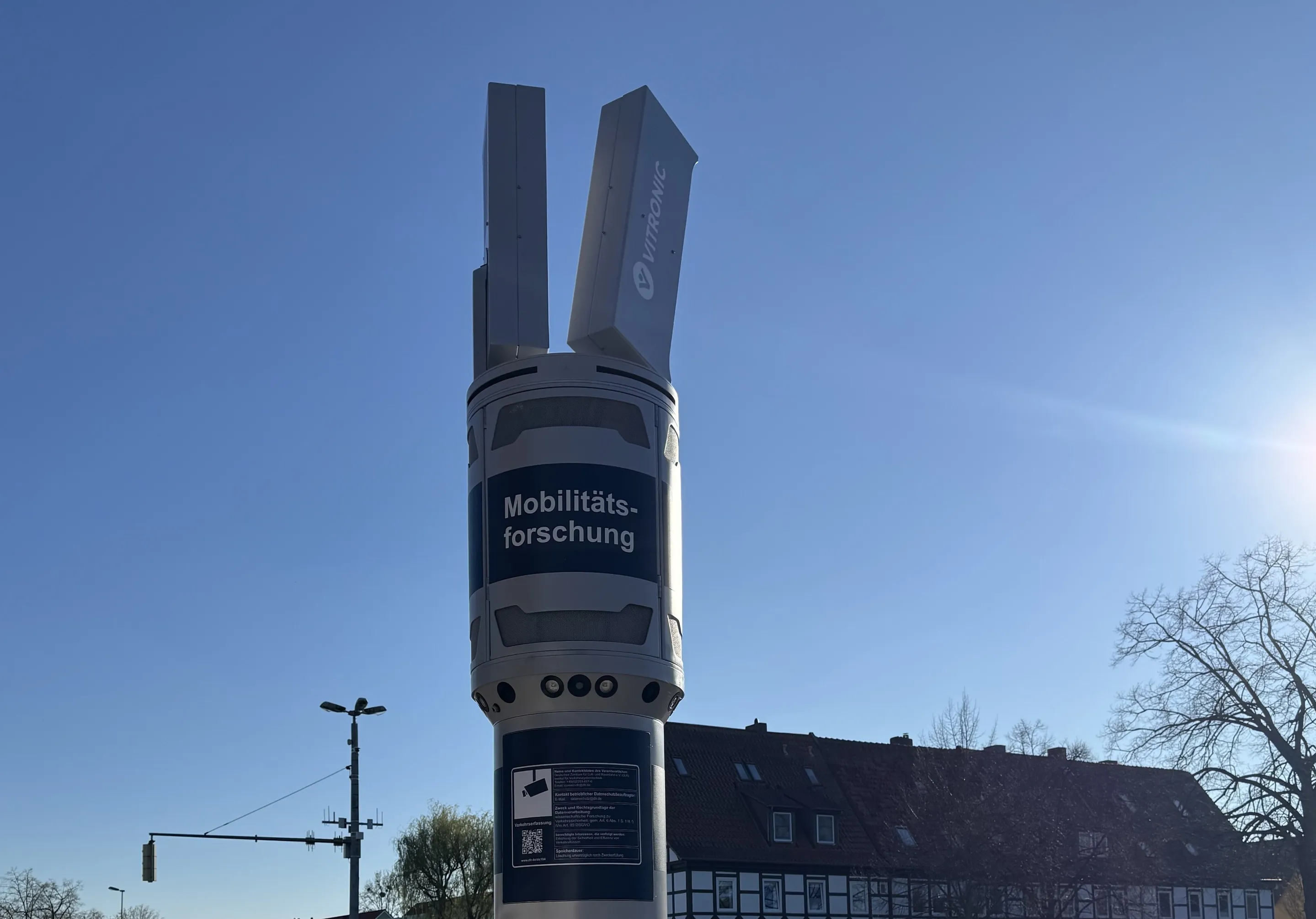Spanish technology multinational GMV has begun a two-year collaborative project with Geoscience Australia (GA) and the Australia and New Zealand Cooperative Research Centre for Spatial Information (CRCSI) for the deployment of a satellite positioning augmentation system. The objective of the project is to show the potential benefits of satellite navigation technologies in Australia, including integrity and high precision applications.
The project aims to make Satellite Based Augmentation Systems (SBAS) a
February 15, 2017
Read time: 2 mins
Spanish technology multinational 55 GMV has begun a two-year collaborative project with Geoscience Australia (GA) and the Australia and New Zealand Cooperative Research Centre for Spatial Information (CRCSI) for the deployment of a satellite positioning augmentation system. The objective of the project is to show the potential benefits of satellite navigation technologies in Australia, including integrity and high precision applications.
The project aims to make Satellite Based Augmentation Systems (SBAS) available in Australia for the first time, including SBAS L1 Legacy signal, SBAS L5 Dual-Frequency and Multi-Constellation (DFMC) signal and Precise Point Positioning (PPP) service
The Australian Government has announced a US$9 million (AU$12 million) investment in the two-year project and organisations from a number of different industries including agriculture, construction, mining and transport among others will participate in the exploitation phase of the system.
GMV has been selected to provide the processing facilities for the augmentation system, while Lockheed Martin will provide the signal uplink to the GEO satellite and Inmarsat the SBAS payload in the 4F1 satellite.
The project aims to make Satellite Based Augmentation Systems (SBAS) available in Australia for the first time, including SBAS L1 Legacy signal, SBAS L5 Dual-Frequency and Multi-Constellation (DFMC) signal and Precise Point Positioning (PPP) service
The Australian Government has announced a US$9 million (AU$12 million) investment in the two-year project and organisations from a number of different industries including agriculture, construction, mining and transport among others will participate in the exploitation phase of the system.
GMV has been selected to provide the processing facilities for the augmentation system, while Lockheed Martin will provide the signal uplink to the GEO satellite and Inmarsat the SBAS payload in the 4F1 satellite.









